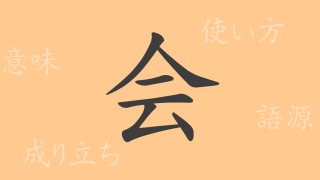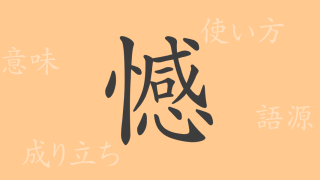Color acts as a mirror reflecting emotions and culture. Japan’s traditional color ‘Aojiro Tsurubami (青白橡 – あおしろつるばみ)’ continues to captivate many with its unique hue. This deep bluish-green color evokes the richness of nature and the shifting seasons, illustrating the delicate sensibilities of Japanese color perception. This article delves into the allure of Aojiro Tsurubami, exploring its history, color code, and international name.
About Aojiro Tsurubami (青白橡 – あおしろつるばみ)
Aojiro Tsurubami is a traditional Japanese color, a light green tinged with blue. It is reminiscent of new buds and young leaves, symbolizing vibrant life. Commonly used in kimono and Japanese paintings, this color reflects the Japanese aesthetic and their reverence for nature.
The History of Aojiro Tsurubami
The history of Aojiro Tsurubami dates back to the Heian period, already in use by the nobility who incorporated the colors of the changing seasons into their garments to express a sense of seasonality. Aojiro Tsurubami has been particularly cherished as a symbol of early spring’s fresh greenery.
Color Code of Aojiro Tsurubami
In modern times, color codes are used to replicate traditional colors in digital design and web design. Below are the color codes for Aojiro Tsurubami:
- HEX: #9BA88D
- RGB: R:155 G:168 B:141
- CMYK: C:46 M:29 Y:48 K:0
International Name for Aojiro Tsurubami
The international name for Aojiro Tsurubami would translate to ‘Light Greenish Gray’ or ‘Pale Aqua Green’, but no exact Western name fully captures its unique nuances. Often, the Japanese name Aojiro Tsurubami is used internationally to denote its distinct color perception.
Summary of Aojiro Tsurubami
Aojiro Tsurubami beautifies the pages of color woven by Japanese nature and culture. Its pale hue brings tranquility and freshness to Japanese spaces, and it continues to be embraced in modern fashion and design fields. Cherished throughout history, Aojiro Tsurubami will continue to transmit its value as a traditional Japanese color into the future.

























